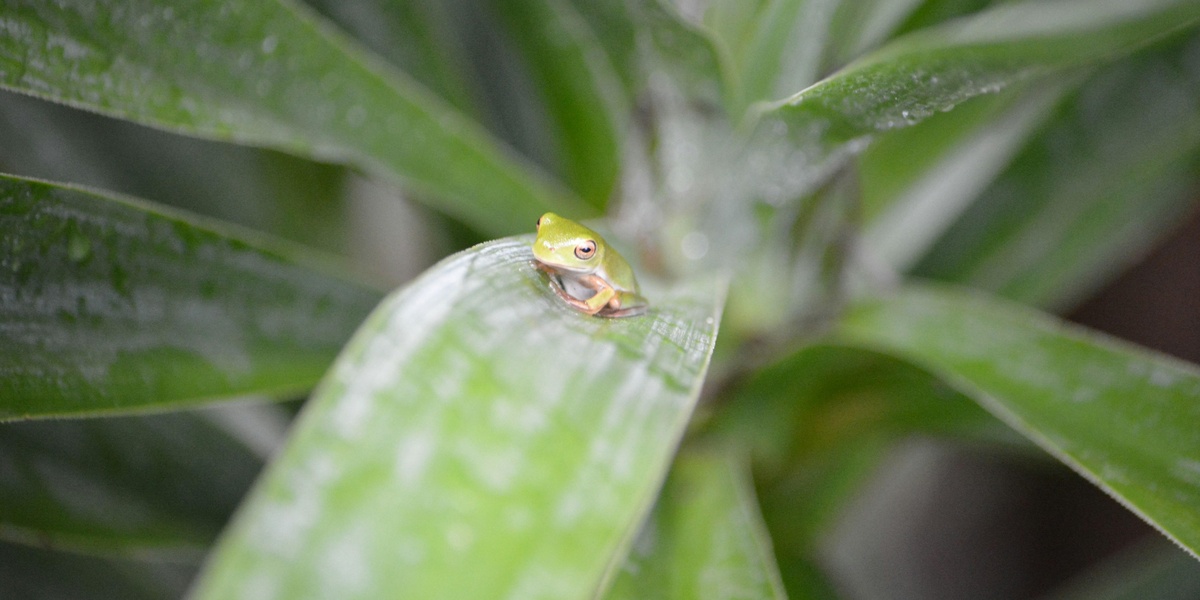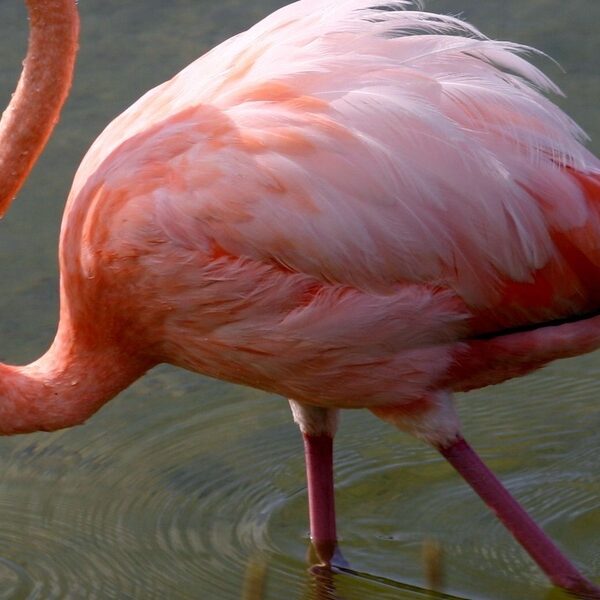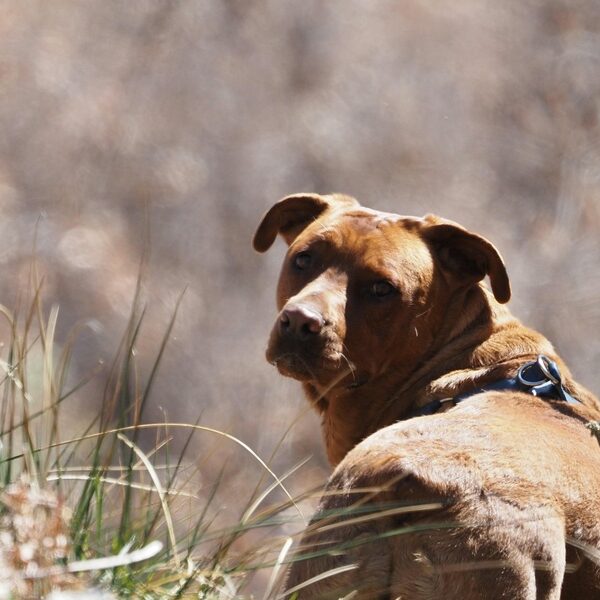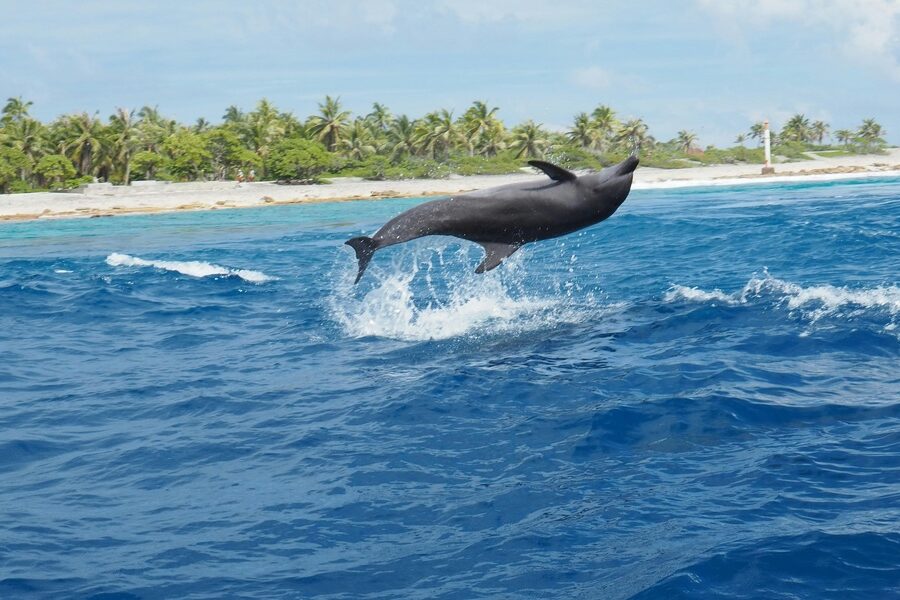Fiji’s islands combine tropical forests, streams and coastal wetlands that shape a small but distinct set of amphibian species. Island size and isolation influence where each frog or toad lives and how vulnerable it is to habitat change and invasive species.
There are 5 Amphibians of Fiji, ranging from the Cane Toad to the Kadavu Ground Frog. For each species you’ll find the columns Scientific name,IUCN status,Native/Introduced & distribution to make it easy to check taxonomy, conservation status and where each occurs — you’ll find below.
Which amphibians in Fiji are introduced, and what impact do they have?
The Cane Toad is the main introduced species and can reduce local invertebrate prey and compete with native frogs; introduced amphibians may also bring disease or change food webs, so island management focuses on monitoring, containment and protecting native habitats.
How can visitors or residents help protect Fiji’s amphibians?
Avoid moving amphibians or releasing pets, reduce pesticide use near waterways, support local habitat protection and report unusual die-offs or sightings to conservation groups so managers can track populations and respond quickly.
Amphibians of Fiji
| Common name | Scientific name | IUCN status | Native/Introduced & distribution |
|---|---|---|---|
| Fiji Ground Frog | Platymantis vitianus | Endangered | Native to Taveuni, Ovalau, Gau, Viwa islands; introduced to Vanua Levu. |
| Gau Ground Frog | Platymantis megastictus | Endangered | Native, endemic to Gau Island. |
| Kadavu Ground Frog | Platymantis kani | Data Deficient | Native, endemic to Kadavu Island. |
| Fiji Tree Frog | Cornufer vitiensis | Least Concern | Native and widespread on most major islands, including Viti Levu and Vanua Levu. |
| Cane Toad | Rhinella marina | Least Concern | Introduced and widespread on most major islands including Viti Levu and Vanua Levu. |
Images and Descriptions

Fiji Ground Frog
A large, robust ground frog up to 110 mm long. Color is typically brown or reddish-brown. Critically threatened by introduced mongoose predation, it has a distinctive, sharp “tok” call and now survives only on mongoose-free islands.
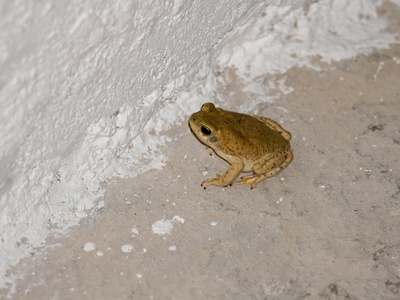
Gau Ground Frog
Similar to the Fiji Ground Frog but distinguished by its many large, dark spots. This species is restricted to Gau Island, where its small population is highly vulnerable to habitat degradation and the potential arrival of invasive predators.

Kadavu Ground Frog
A recently described ground frog known only from the island of Kadavu. Its population size, specific threats, and life history are still poorly understood. It is typically brown with a characteristically pointed snout and smooth skin.
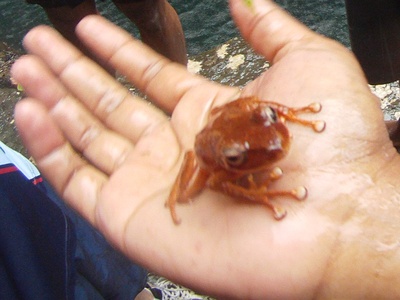
Fiji Tree Frog
A small to medium-sized frog with large, triangular toe pads for climbing. Highly variable in color, from green to brown or grey, often with patterns. It is adaptable and often found in forests, agricultural areas, and suburban gardens.
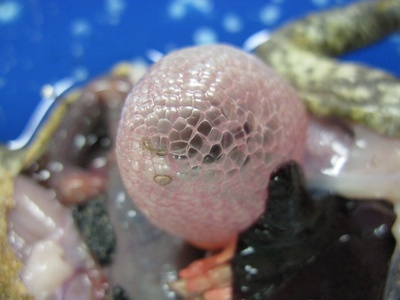
Cane Toad
A very large, warty toad introduced in 1936 to control pests. Easily identified by its dry, bumpy skin and prominent toxic glands behind the eyes. It is a highly successful invasive species that poses a threat to native wildlife.
